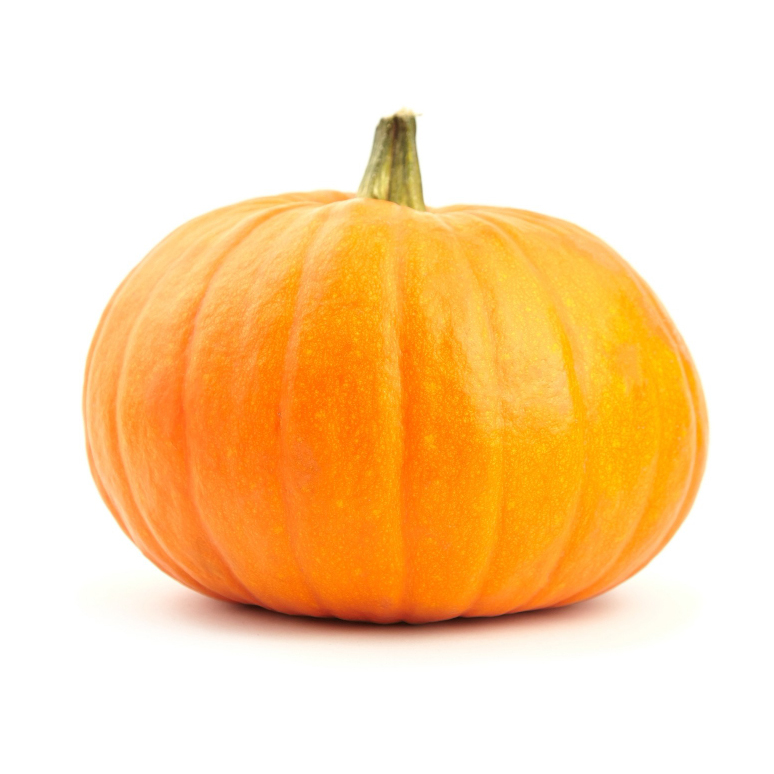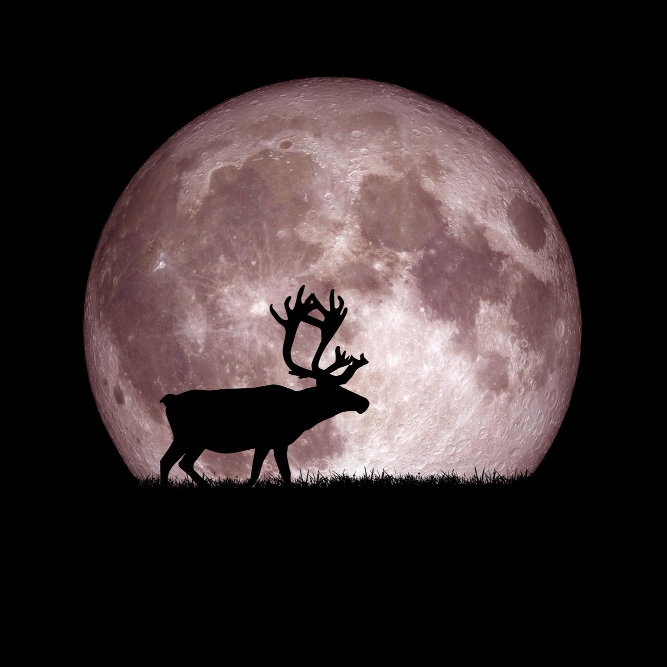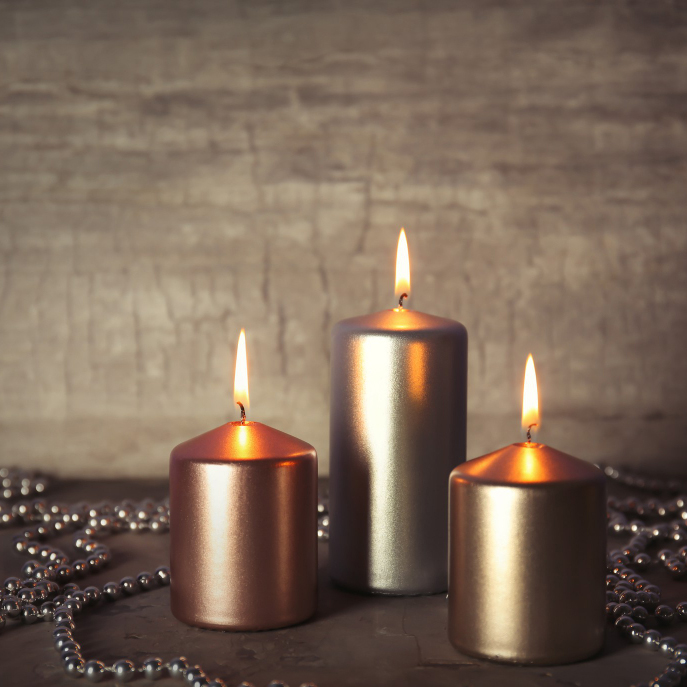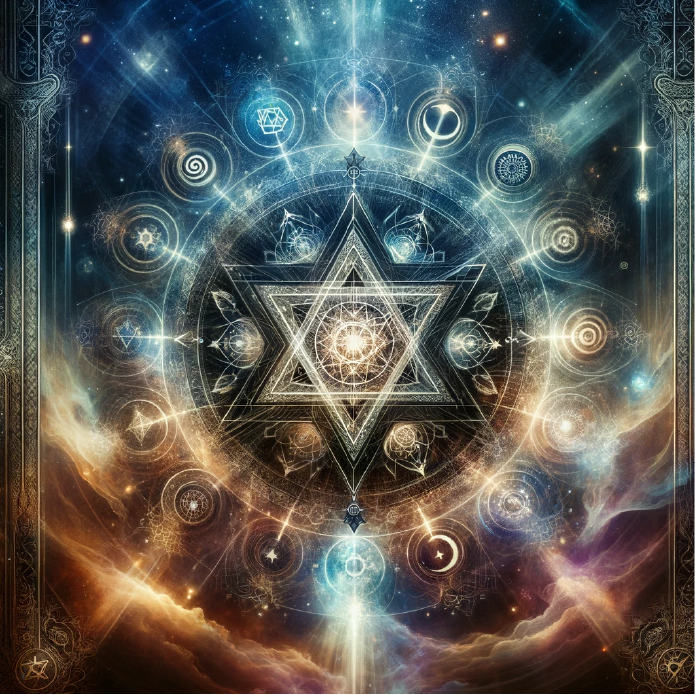Pumpkins have long been associated with fall, Halloween, and Thanksgiving. But did you know that these vibrant orange fruits hold deeper symbolisms and spiritual meanings? In this article, we will explore the various symbolisms that pumpkins represent and the spiritual significance they hold. From harvest abundance to protection against evil spirits, pumpkins have a rich history of symbolism that will fascinate and enlighten you.
1. The Harvest Symbolism of Pumpkins
Autumn is a time of harvest and pumpkins hold a significant place in this season, especially in the Western world. It’s a time to celebrate, share, and give thanks not only for the food that we have on our table but also for the family and the love that surrounds us. This is even more appreciated if you’re living in a place that experiences cold and tough winters, where growing crops is extremely difficult.
Since pumpkins are ready to be harvested in fall, it’s no wonder why they’re an essential part of Thanksgiving celebrations. They become a potent symbol of the time of plenty and all the good things that come with it. It represents the bountiful harvest that will last throughout the winter months.
Pumpkins also represent family gatherings, fun, and fellowship. Before the celebration of Halloween and its scary stories, people used to get together to share a meal, play games, and connect with each other. The Jack-o’-lanterns and other seasonal decorations are merely remnants of such gatherings.
Nowadays, Thanksgiving has become an international tradition where everyone gathers to celebrate with their families and friends. Dining tables are filled with local dishes and international cuisines that represent different cultures. And while the modern world keeps on changing, people still come together to share meals, create beautiful memories, and be grateful for the blessings that they have.
2. Pumpkins as Guardians against Evil
Although pumpkins evoke an image of creativity and fun, some cultures and traditions perceive them to be powerful guardians against evil, particularly in Mexico and a few other countries in the Western part of the world.
They use them during the celebration of Dia de Los Muertos or Day of the Dead. During this event, people light up candles inside the pumpkins to guide the spirits of their loved ones who are coming back to visit the living world.
Another instance where pumpkins are used as guards is in a folk belief called jack-o’-lantern. It is a well-known tradition at Halloween in which people carve their pumpkins with intimidating faces and place a light inside them to prevent unwelcome visitors from entering their homes.
Here are some more examples of how people use pumpkins to ward off evil:
- In ancient Greek culture, farmers would carry them on their backs to ward off natural disasters such as heavy rain, hail, and other calamities.
- In India, people hang them outside their houses to keep away negative spirits and energies.
3. The Symbolic Link between Pumpkins and Halloween
Another tradition that continues to the present day is the carving of pumpkins. Pumpkins are hollowed out and carved with faces to create lanterns. However, this tradition was originally completed using turnips. On All Hallows’ Eve, the veil between the living and the dead was said to be the thinnest, and a carved lantern would be used to ward off evil spirits and to light the way for the souls of the departed. People would carve turnips and place them in windows and in front of doors. Just as with the tradition of pulling pranks on All Hallows’ Eve, this practice was brought to America by the Irish immigrants who no longer used turnips but instead used pumpkins to carve their lanterns.
The pumpkin played a role in another aspect of Halloween. The Celtic festival of Samhain, from which Halloween originates, was a festival for the dead and would be held around the end of October. Families would prepare a feast which included offerings for their ancestors and departed loved ones, as well as offerings for other spirits that might visit them on this day. The pumpkin was seen as a symbol of protection for these spirits, and it was believed that if you placed a pumpkin near the front door, it would protect your house from anything seeking to do you harm.
4. Pumpkins as Symbolic Offerings
Finally, as pumpkins have been used for centuries to appease the dead in various cultures, they are also symbolic offerings kept as gifts for spirits. The pumpkin can be seen as a gesture of goodwill, a peace treaty of sorts, where the living offer up their Halloween Jack O Lanterns to spirits as a gesture of good will in the hopes that the spirits will not cause mischief on All Hallows Eve.
5. The Spiritual Significance of Pumpkin Colors
All pumpkins are orange in color, right? Wrong! There are different colors available, and these colors have significance on their own. Here are the spiritual meanings behind some of the colors:
Orange
This is the most common color for a pumpkin, and it symbolizes enthusiasm, creativity, and productivity. It’s a color that’s associated with the warmth of the sun and happiness. Since it’s also connected with autumn, orange also represents the change of season and fruits of harvest.
White
White is normally associated with purity and innocence. In the pumpkin world, it symbolizes positivity and new beginnings. White pumpkins are often a part of autumn decorations, but they are the least popular of all pumpkin colors.
Green
If you see a green pumpkin, its spiritual significance is related to healing and balance. The color green is often associated with natural life, and it’s known to represent resilience and renewal.
Blue
Blue pumpkins are extremely rare, but they can still be found. The spiritual meaning behind this color is related to tranquility and strength. Blue is also known to help with communication skills and invoking calmness. In some cultures, it’s thought to bring good luck.
6. Pumpkins in Folklore and Mythology
Many American folk tales and myths have included pumpkins as a symbol of abundance and prosperity. Native American folklore is rich with legends of pumpkins, and pumpkin seeds as well. According to the Cherokee Story of the Pumpkin, a maiden has to marry a pumpkin that she has rejected, and in exchange, the pumpkin has given her endless fruit to feed her people – the Cherokee Nation. Furthermore, the Native Nations of the Houma Tribe, the Seminole Tribe, the Abenaki Tribe, and more include pumpkins in their myths.
Moreover, some English myths feature the pumpkin. One of them is about the Jack-o’-Lanterns. A man named Jack was caught by the devil in a tree and made arrangements with him. When he died, he couldn’t enter Heaven or Hell, so he had to wander through the dark earth for centuries, with only a glowing coal to light his path. He put the coal inside a scooped out turnip or gourd to make it last longer. Jack-o’-Lanterns are now carved from pumpkins instead of turnips. It is said that these will scare away Jack and other evil spirits from entering a family’s household.
7. Pumpkins as Symbols of Abundance and Prosperity
One of the most common interpretations of the pumpkin and its symbolisms is abundance and prosperity. Originally from Central America, where they were grown thousands of years ago, pumpkins are still a sign of growth and prosperity in many cultures and communities. This is why pumpkins are widely grown in gardens and even in fields, and they are also known to be relatively easy to grow. They are also seen as a symbol of prosperity and fertility since they are linked in some cases with the Earth and agriculture.
Farming in general is a symbol of hard work and admiration, and the pumpkin is no exception. This symbol has become particularly significant for many Americans during the autumn season, with the celebration of Thanksgiving. The use of pumpkins for decorative purposes during the Thanksgiving holiday can be seen as a way of honoring the harvest, giving thanks for the food of the Earth and celebrating the abundance of nature itself.
8. Carving Pumpkins: Symbolism and Rituals
Carving pumpkins is an art that is commonly referred to as pumpkin sculpting, which is done to create jack-o-lanterns. These jack-o-lanterns are mostly seen during the Halloween season.
8.1. Origin of Carved Pumpkins
Jack-o-lanterns have a different story than the one about the witches. It is believed to have come from an old Irish myth about a man called Stingy Jack. According to the myth, he was a blacksmith who was well known for his dishonesty, trickery, and manipulation. Jack managed to trick the Devil twice – first when he managed to bring the devil to buy drinks at a pub without having to pay for any of the drinks (by convincing the Devil to change into a coin for payment, Jack pocketed it instead, depriving him from returning hell), and secondly by tricking the Devil into promising not to take his soul on his deathbed.
However, when he eventually died, he was not accepted into Heaven because of his deceitful life. Similarly, he was denied entry into Hell because of his bargain with the Devil. Therefore, Jack was doomed to wander Earth as a lost soul, carrying only an ember from Hell that had been embedded in a hollowed-out turnip.
The Irish began to refer to this ghostly figure as “Jack of the Lantern”, and then simply “Jack O’Lantern”. The legend stated that the people would carve scary faces into faces into turnips or potatoes and place them in their windows to ward off evil spirits like Jack O’Lantern.
Originally, American settlers would carve jack-o-lanterns out of turnips as well. However, it wasn’t until they arrived in America that they discovered pumpkins were much easier to carve than turnips. Therefore, the tuber was replaced with pumpkin, and since then it has been transformed into a fun tradition where children would carve pumpkins and place them outside their homes during Halloween.
9. Pumpkin Decorations in Thanksgiving Traditions
There are many ways on how pumpkins are used for Thanksgiving and one of the most creative way is by decorating it.
Decorating pumpkins is a tradition we are all familiar with. It is best known for Halloween, but it is also popular for Thanksgiving. For Halloween, we carve pumpkins into ghoulish faces, but for Thanksgiving, we can carve them with meaningful and inspirational words. Some people even go as far as painting the pumpkins with fall colors like yellow, orange, rust, and deep plum.
People use these decorative pumpkins as centerpieces for the holiday feast, then afterwards they can repurpose them to create delicious pumpkin dishes.
10. Cooking with Pumpkins: Symbolic Nourishment for the Body and Soul
It is the beginning of a new season, and with the change in season comes a change in the harvest. Pumpkins are in season and their symbolic value is quite interesting. As it turns out, we have been consuming pumpkin for 9,000 years.
In addition to its long history, the pumpkin has symbolic meanings that complement its seasonal harvest. We see images of pumpkins and their many products used in decorations, in the countryside and in our kitchens. The practice of cooking with pumpkins dates back to as early as the 17th century in the New World. As a symbol of the autumn harvest, pumpkin was prepared as stews, soups, pies and roasts. This practice has been adopted from the United States and maintained across various populations and cultures around the world.
For the Indigenous peoples of North America, pumpkins were an integral part of their diet. They used them for everything from roasting to stewing. However, their winter staple was a dried mixture of corn kernels, beans and strips of pumpkin, which they would grind into a fine powder and reuse in various recipes.
Today, we use pumpkins for much more than just nourishment; we use them to prepare our homes for the fall season. The pumpkin embodies the mythic cycle of patience and slowness, with a touch of mystery. As a food with deep spiritual significance, pumpkins have nourished our bodies and souls with comforting meals and symbolism for thousands of years.
In conclusion, pumpkins are not just ordinary fruits but also powerful symbols of abundance, protection, and spiritual transformation. Explore the numerous ways in which pumpkins have been revered and incorporated into various cultural and spiritual practices. Whether you carve them for Halloween, use them as decorative pieces, or cook delicious dishes with them, remember the deep symbolic meaning behind these vibrant orange fruits. Embrace the magic of pumpkins and let their spiritual energy guide you on your journey.








